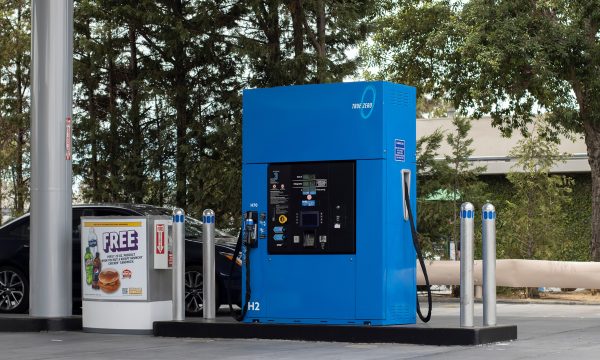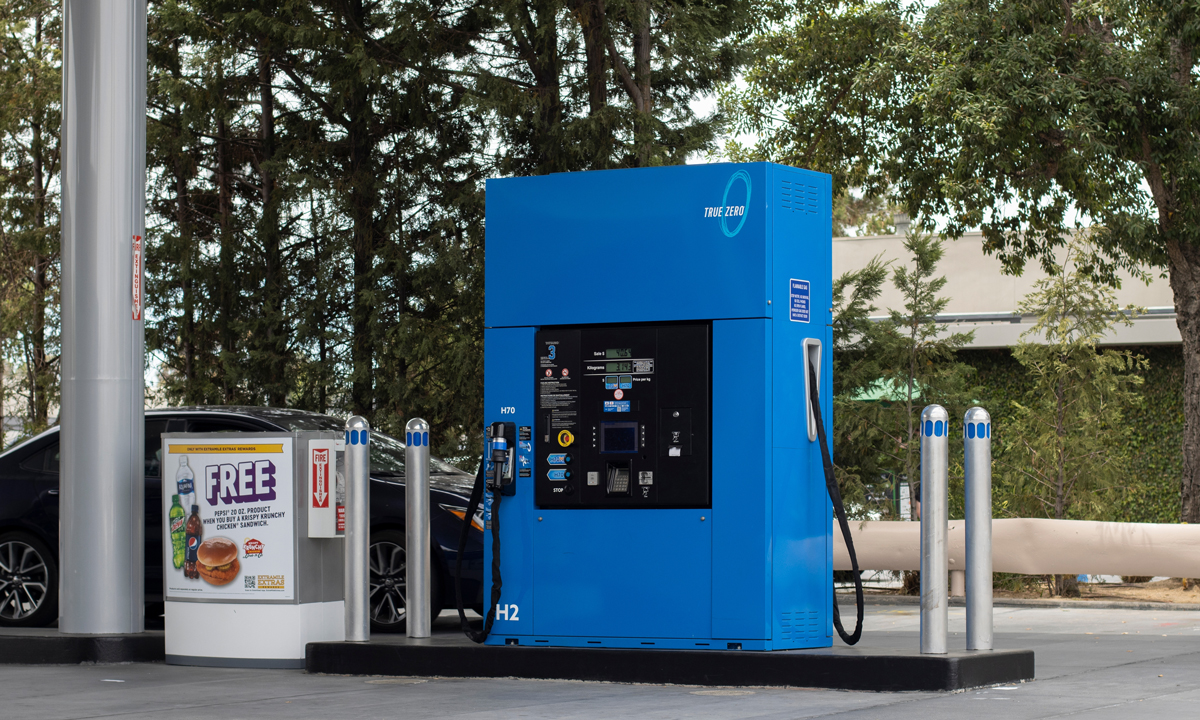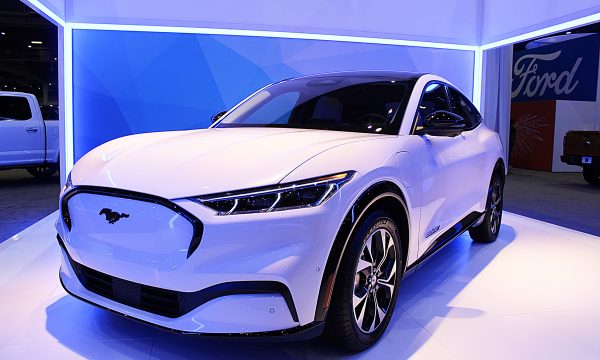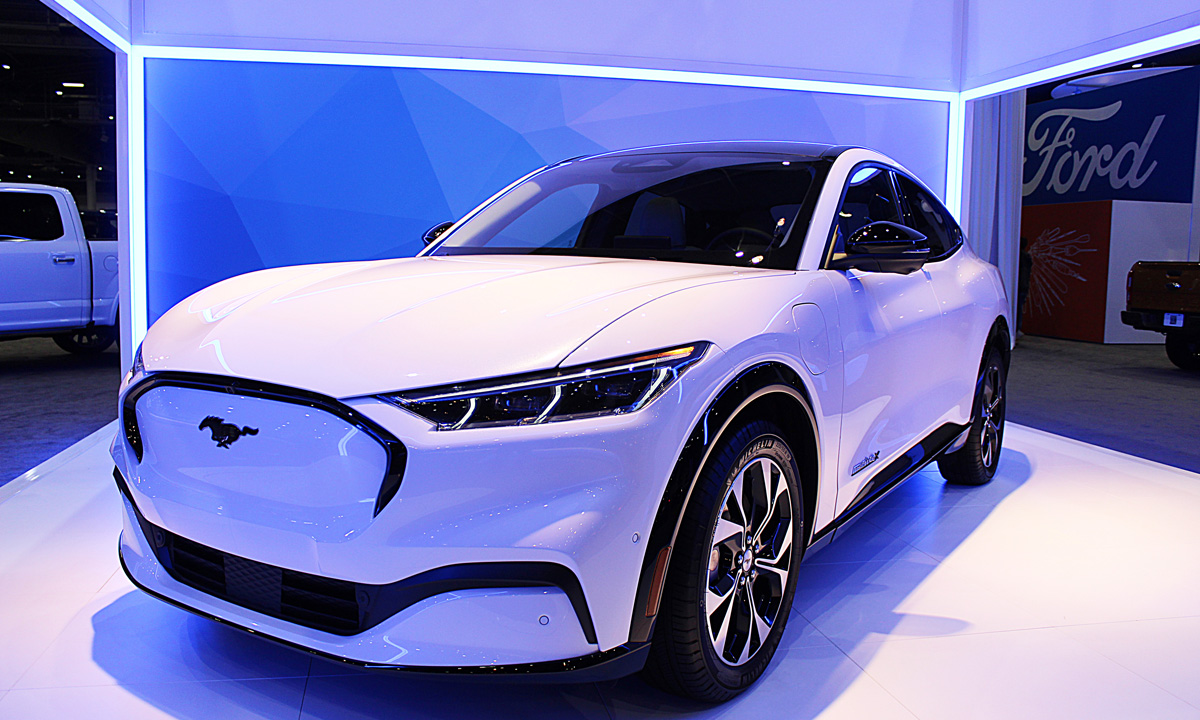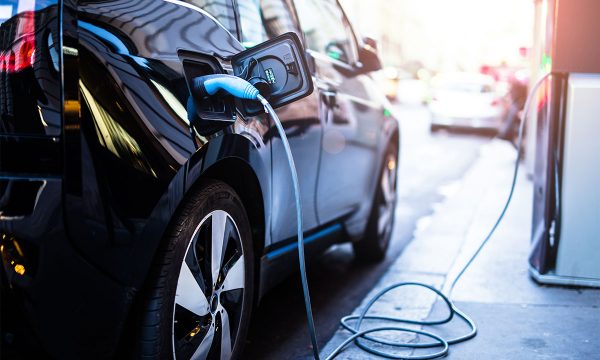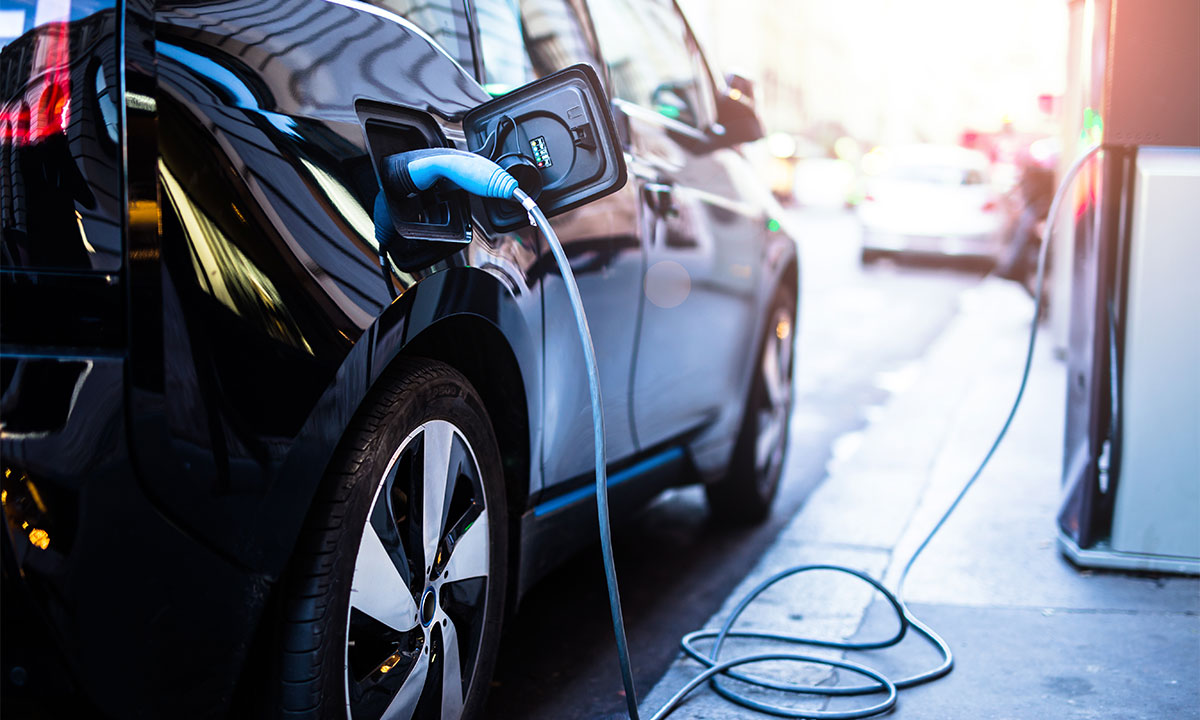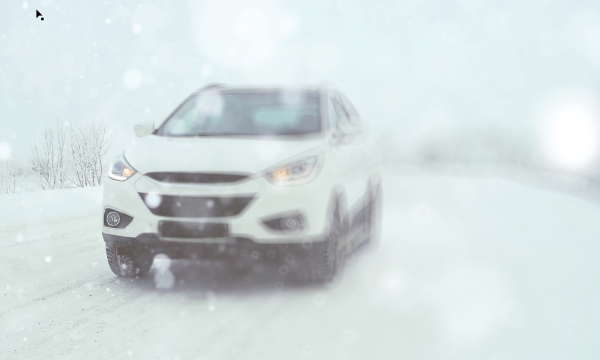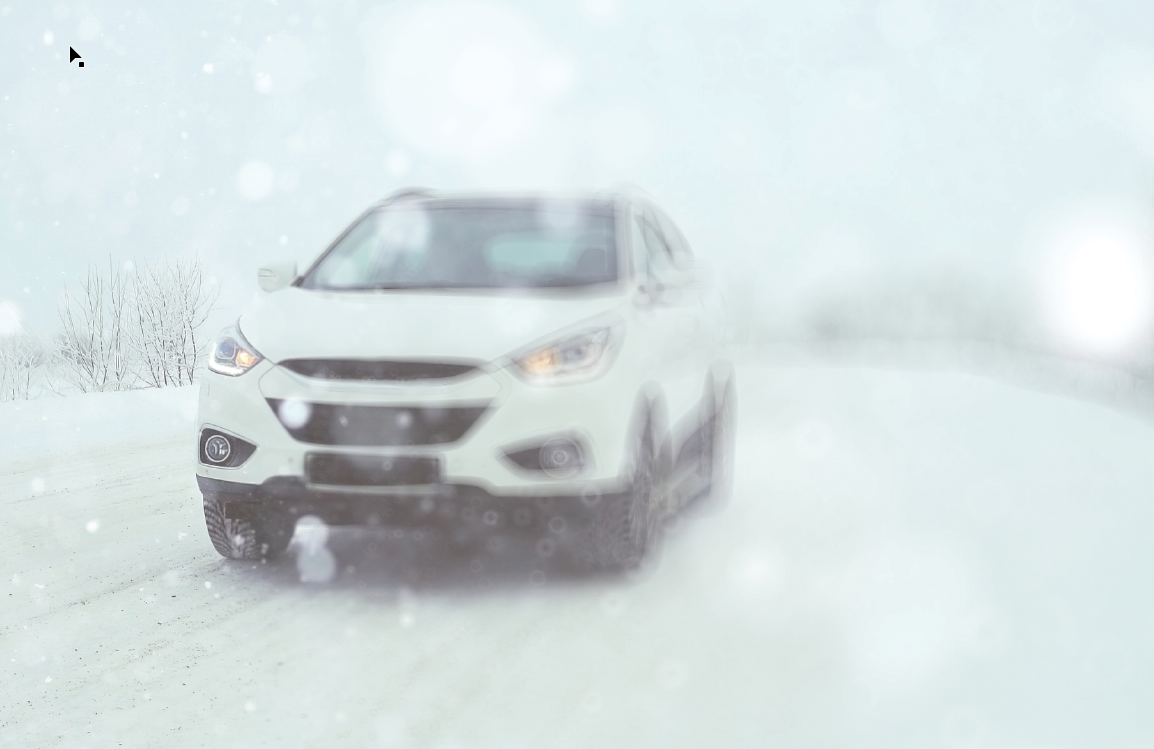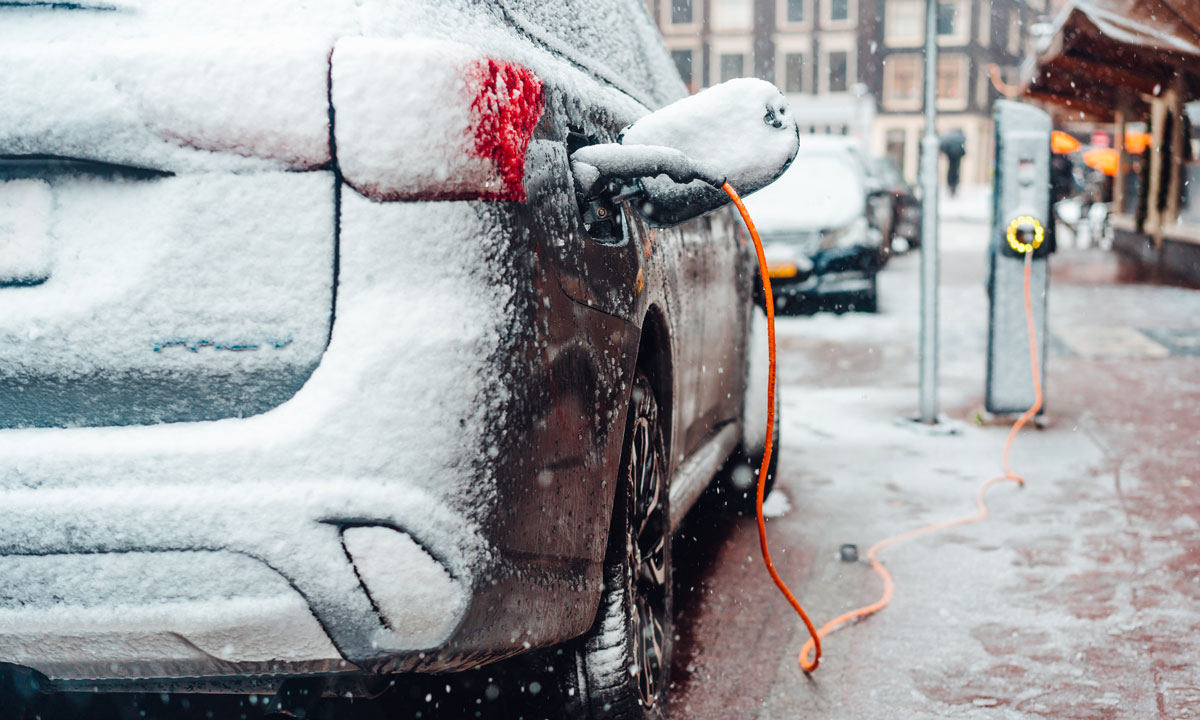
Educating electric vehicle buyers about winter performance can help avoid negative feedback
This being the December issue of Canadian auto dealer means that we’re on the cusp of, if not already well into the grips of, another Canadian winter.
It also means that many of your customers will be facing winter for the first time with a battery electric vehicle (BEV). Which raises the question: “How well have they been prepared for the new challenges they are about to face?”
If the answer to that question is, “not well,” then you may encounter some unhappy feedback as they encounter a variety of unpleasant surprises.
What kind of surprises? The big one is that winter weather, in particular sub-zero temperatures, may dramatically affect both their BEV’s driving range and its charging time.
That realization shouldn’t come as a surprise. It should be apparent to most that batteries lose capability in the cold, based on their own winter experience with cell phones and cameras and the batteries used to start their conventional internal-combustion engine (ICE) vehicles.
The same laws of physics apply to the batteries in electric vehicles. Colder temperatures reduce their ability to store and release energy and the colder it gets the greater that impact.
The most significant result of that impediment is a reduction in driving range in the cold, which probably won’t surprise most customers as they will have experienced some reduction in winter-time fuel-efficiency in their previous ICE-powered vehicles.
On average, BEV range decreases from its rated peak by more than 20 per cent at just 0°C. And it falls off by 50 per cent at -20°C!
Just how great that range reduction could be in their BEV may be the big surprise.
There are countless anecdotal reports of everything from minimal to very dramatic BEV range reductions in real-world winter experience, which make it difficult to know just what to expect.
To provide a more definitive answer, a Canadian company called Geotab, which specializes in web-based analytics, undertook a study to determine the impact temperature has on range, and whether all EV models were impacted equally.
To that end, Geotab reviewed anonymized data from 5.2-million trips taken by 4,200 EVs representing 102 different make/model/year combinations and analyzed the average vehicle trip efficiency by temperature.
Their analyses showed that, regardless of make or model, most EVs follow a similar range/temperature curve, with range decreasing as temperature falls below or rises above 21.5°C.
Not surprisingly, the rate of decline is much greater with falling than with increasing temperature.
On average, BEV range decreases from its rated peak by more than 20 per cent at just 0°C. And it falls off by 50 per cent at -20°C!
Of course, there are variations from that average among individual vehicles, but the trend is consistent. And it is significantly more concerning than the reduction in efficiency typically experienced in ICE-powered vehicles in winter, which tends to be closer to half that rate of decline, based on data published by Natural Resources Canada.
Even at the same rate of decline, that reduction would be far more impactful in a BEV with a typical driving range of 500 km or less, and a recharging time that may range from a half-hour to several hours, than in an ICE-powered vehicle with a typical range of 600 km or more, often much more, and the ability to refuel in five minutes.
It should be noted, as well, that the ability for a battery to accept a charge, and consequently the time to recharge, is also diminished as the temperature drops.
It is not just the direct effect of temperature on the battery that reduces range, however. It’s the fact that power to generate all the heat needed both to keep the windows clear of fog and frost and to create a comfortable environment for the occupants, as well as to heat the batteries themselves, has to come from the batteries.
In an ICE-powered vehicle, most of those needs are accommodated by waste heat from the engine.
Ideally, BEV customers should be made aware of these realities before they are surprised by them. They should also be made aware of means for minimizing their impact.
Keeping BEVs in a heated garage, when not in use, and charging them indoors is the ideal way to combat winter. But home-charging, even outdoors, has advantages.
Most BEV automakers provide a means of preprogramming charging times, as well as pre-heating the occupant space using external charging current. Scheduling charging and preheating to be completed just before the vehicle is needed will help warm both, reducing battery load once underway, thus extending range.
Given time and education, BEV customers will adapt to these new realities. Ideally, they won’t have to learn about them by unpleasant surprise.




